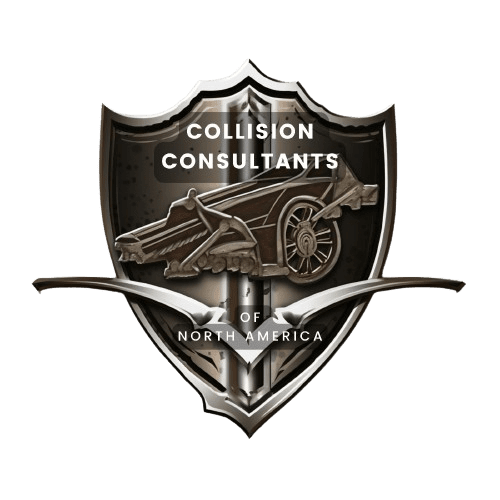What to Expect When Your Vehicle Needs Repairs After an Accident

Posted on November 20th, 2025
Being involved in a vehicle collision can be a stressful experience. After making sure everyone is safe and contacting your insurance, the next step is to repair your vehicle. Understanding the collision repair process can help you feel more confident and informed about what to expect. This guide outlines the typical steps involved in collision repair, from the initial assessment to driving your car home again.
1. Initial Assessment and Estimate
After an accident, you’ll take your vehicle to an auto body shop of your choice. Be careful of Insurance Companies trying to Steer you to one of their Select Shops or DRP’s (Direct Repair Partners) This is illegal in all 50 states. A technician will perform a thorough inspection of your car to assess visible and hidden damage. They may use specialized equipment to check for structural issues. Based on this inspection, the shop will prepare a detailed estimate of the repair costs, including parts, labor, and paint.
- Insurance Involvement: If you’re filing a claim, your insurance provider may send an adjuster to review the damage and approve the estimate.
- Approval Process: Repairs typically begin once you and your insurance company (if applicable) approve the estimate. Stay active in your claim making sure the shop has received the check to order parts.
- Insurance Companies will reduce the shops initial estimate and/or short pay the shop. They will use aftermarket and junk yard (Salvage/LKQ) parts as well. Your shop needs to review OEM (Original Equipment Manufacturer) Position Statements as to the approval of what parts are to be used. Remember, The Insurance Company owes you to make you whole again as well as return your vehicle to it’s pre-loss condition.
- Body shops do not work for the insurance companies, they work for you, the customer. When an Insurance Company makes changes to your estimate and sends it back to the body shop, they are by law, supposed to review it with you and get your approval. If you do not approve, it is up to you to stay active and reach out to your adjuster and ask why they are not repairing your vehicle correctly.
2. Disassembly and Supplemental Estimate
Once approved, the shop will begin disassembling damaged areas to uncover any hidden damage not visible during the initial inspection. If additional problems are found, a supplemental estimate is prepared and sent to your insurance company for further approval, which may slightly extend the repair timeline.
3. Ordering Parts
The repair shop will order the necessary replacement parts. The time required for this step can vary depending on the availability of parts and the make and model of your vehicle.
4. Structural and Body Repairs
Technicians will begin repairing the vehicle’s frame and body. Advanced measurement systems may be used to restore the structure to factory specifications. Damaged panels may be repaired or replaced, and components such as airbags and sensors are inspected for safety and functionality.
5. Paint and Refinishing
After the structural repairs are completed, the repaired areas are prepped for painting. The shop will match your vehicle’s color using specialized technology and apply multiple coats of paint and clear coat for a seamless finish. The paint is then cured and polished to restore the car’s appearance.
6. Reassembly
Once painting and refinishing are complete, the shop reassembles all parts, including doors, trim, and interior components. Electrical systems, airbags, and other safety features are tested to ensure everything is functioning as it should.
7. Quality Control and Detailing
Before returning your vehicle, the shop performs a rigorous quality control inspection. Technicians check for proper alignment, fit, and finish. The car is also cleaned and detailed, both inside and out, so it looks as close to new as possible.
8. Delivery and Final Paperwork
The shop will contact you to pick up your vehicle. You’ll review the repairs and sign any necessary paperwork. Most shops offer a warranty on their work, so be sure to ask about coverage in case any issues arise after you leave.
Conclusion
While the collision repair process can seem daunting, auto body professionals strive to restore your vehicle to its pre-accident condition with safety and quality in mind. By understanding each step, you can communicate more effectively with the repair shop and your insurance company, ensuring a smooth and stress-free experience.
Contact Us
Get in Touch
Ready to experience the expertise and advocacy of Collision Consultants of North America? Fill out our contact form today and let us guide you through the complexities of collision repair with precision, transparency, and a commitment to your safety and satisfaction.
